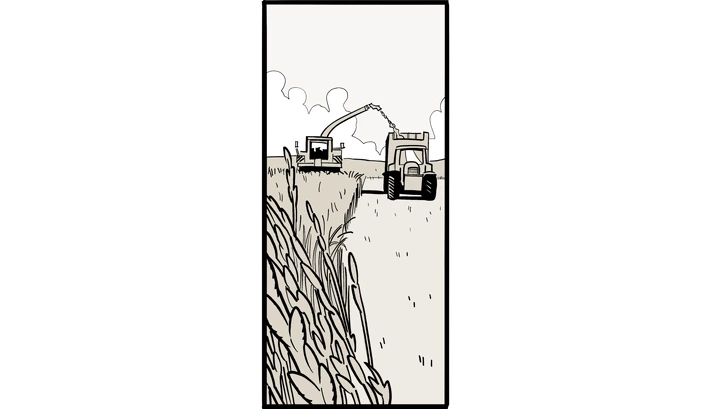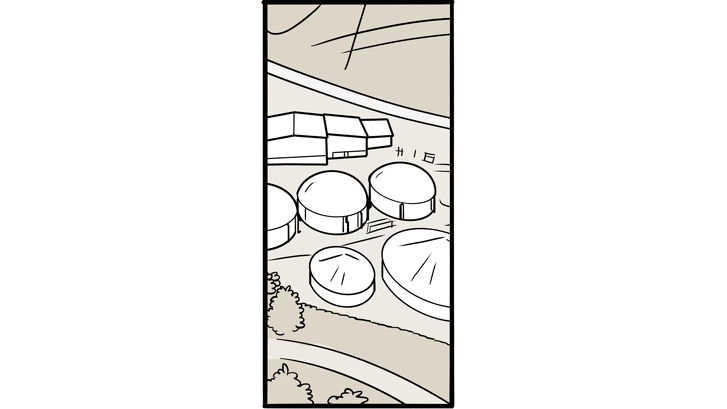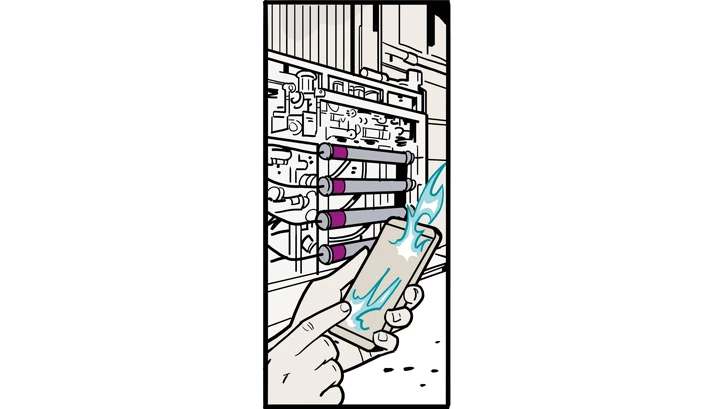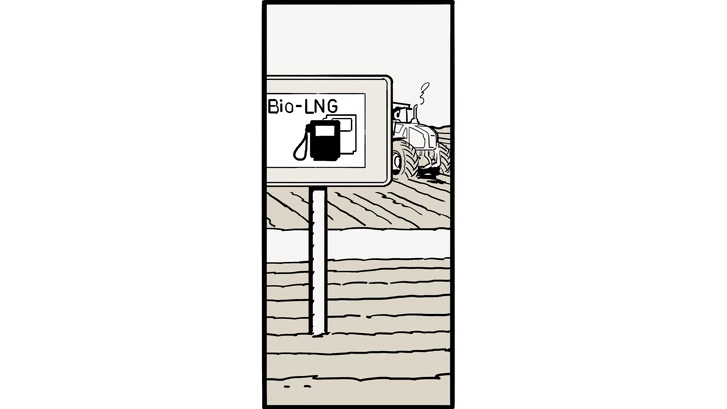Biogas upgrading from energy crops
Evonik is responding to the challenges of today's security of energy supply: Using the group's innovative SEPURAN® Green membrane technology, biogas released during, for instance, anaerobic digestion of energy crops can be upgraded simply and efficiently to pure biomethane and fed directly into the local natural gas grid or used as alternative fuel.
Biomethane from manure to enhance a farm’s environmental footprint
Renewables play a key role in clean energy transitions and the deployment of renewable power is one of the main enablers of keeping the rise in average global temperatures below 1.5°C. According to the International Energy Agency, the share of renewables in global electricity generation reached 28.7% in 2021. Still, renewable electricity needs to expand faster to reach the milestones in the Net Zero Emissions by 2050 Scenario.
Beside wind, water and sun, biogas is becoming increasingly important in today's renewable energy mix - quite rightly, because it is a highly efficient energy source and an important component of decentralized supply structures.
Feedstocks for biogas production (i.e. substrates) can be all types of biomass. These generally include manure, residual and waste materials, sewage sludge from wastewater treatment plants, plant residues and crops that are not used for food production.
The variety of energy crops allows crop rotation to change annually, and flower-forming plants can provide a natural habitat for insects. Energy crops offer the advantage of high gas yields.
At the beginning of the CO2 cycle is photosynthesis. In this process, plants draw the carbon dioxide from the atmosphere and, together with water, minerals and sunlight, transform it into organic mass – it is thus taken from the atmosphere and bound. The anaerobic fermentation of this organic mass produces biogas.
SEPURAN® Green membranes for biogas upgrading from energy crops





As previously mentioned, biogas is produced by the fermentation of biomass - an organic substance, for example, from wastewater, liquid manure and sewage sludge, or from renewable raw materials. However, in addition to the energy carrier biomethane, raw biogas also contains carbon dioxide as well as other trace gases.
Evonik's gas separation membrane SEPURAN® Green makes it possible to purify the biogas that accumulates during wastewater treatment processes into high-purity biomethane and return it to the circular economy. The CO2-neutral gas can be fed directly into the municipal natural gas grid or used as a green fuel Bio-CNG (Compressed Natural Gas) to power municipal vehicles.
Biogas upgrading using membranes

Evonik's SEPURAN® Green membrane has been especially developed for efficient upgrading of biogas into high purity biomethane. The market entry of Evonik into the Biogas upgrading industry in 2011 revolutionized the market and set new technology standards. The introduction of a highly selective SEPURAN® Green membrane in combination with a patent protected 3-membrane-stage process allowed for high methane yields and high product purities with an optimized energy consumption.
Various technologies are available for separating CO2 from the raw biogas and upgrading it to biomethane. In addition to wellknown technologies such as pressurized water scrubbing, amine scrubbing or pressure swing absorption, membrane technology has become increasingly established in recent years. Thanks to highly efficient and highly selective membranes, it is possible to separate CO2 almost completely from methane in a compact 3-stage process.
Polyimide-based membranes are the most widely used membrane treatment systems. The advantage of membrane upgrading plants over conventional technologies lies, among other things, in the simplicity of the process and the low maintenance requirements. Of course, the spread of biogas upgrading plants is also influenced by local conditions and regulations as well as national incentives.

BIOGAS FROM SPAGHETTI?
Biogas is an eco-friendly energy source. It can be used to generate heat or as a fuel. But an extensive upgrading process is required before biogas is fed into the natural gas grid. New and highly selective polymer membranes from Evonik convert raw biogas simply and efficiently into highly pure biomethane.
Download




